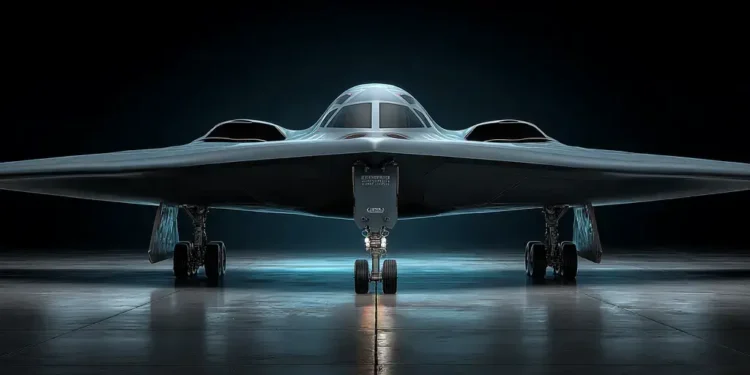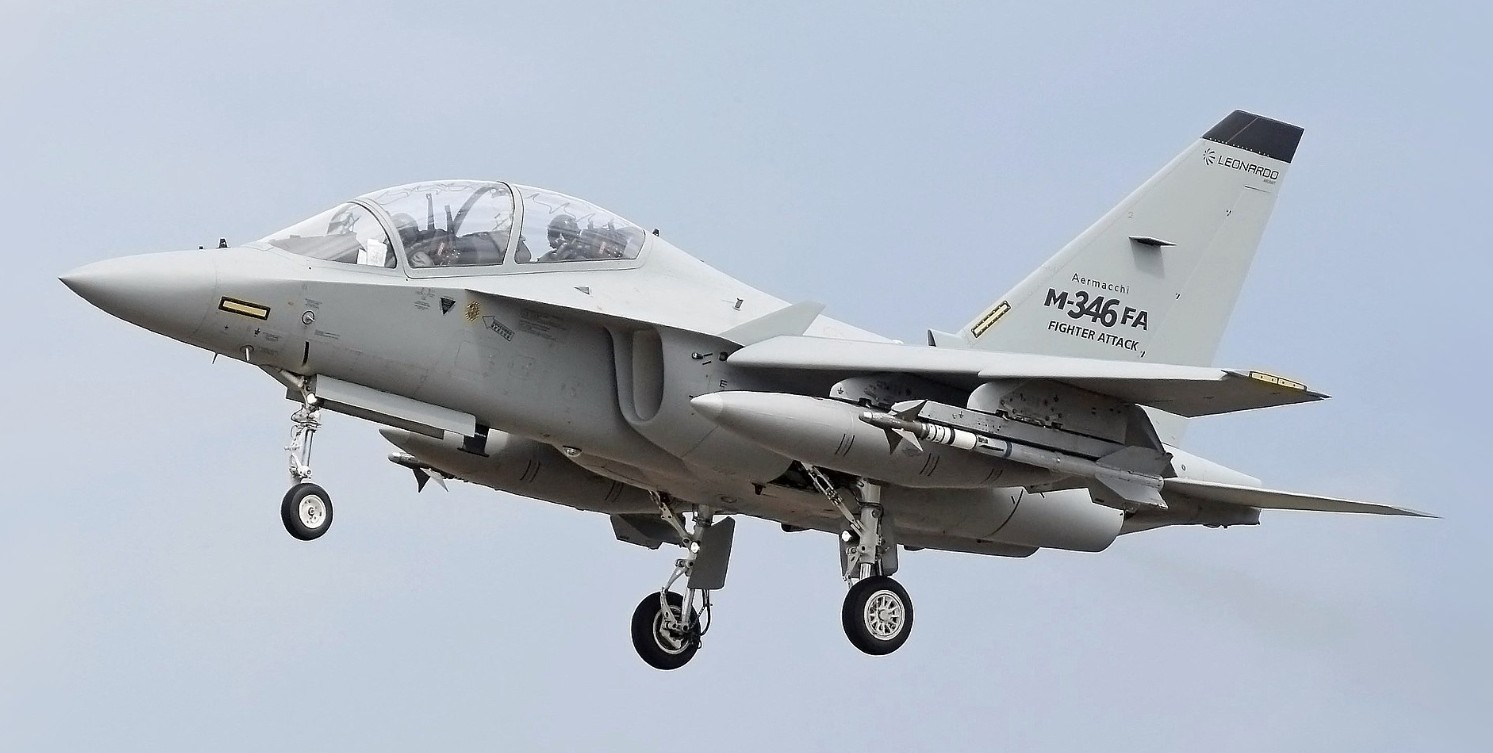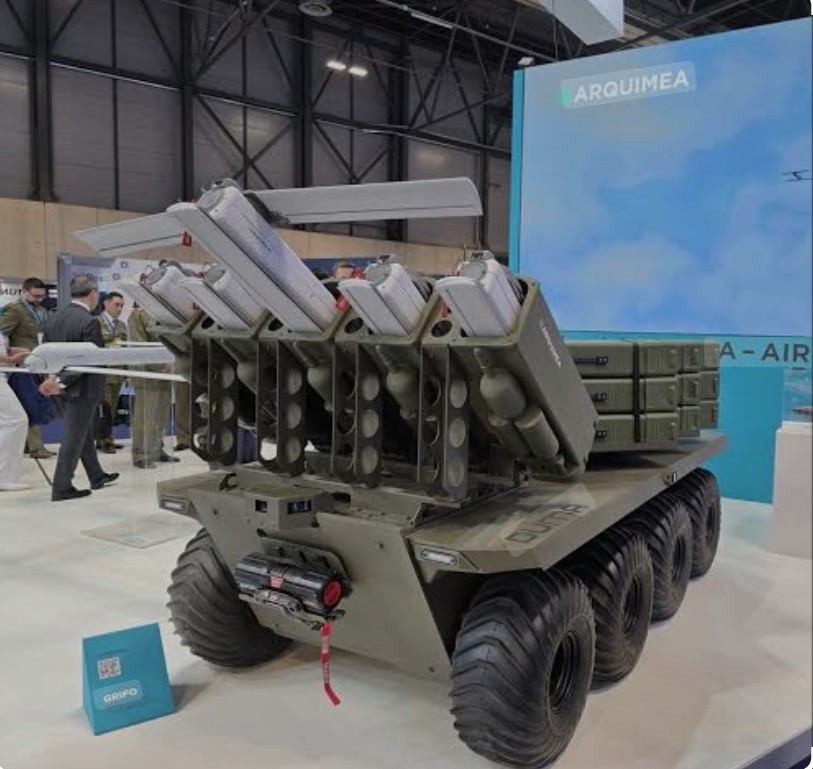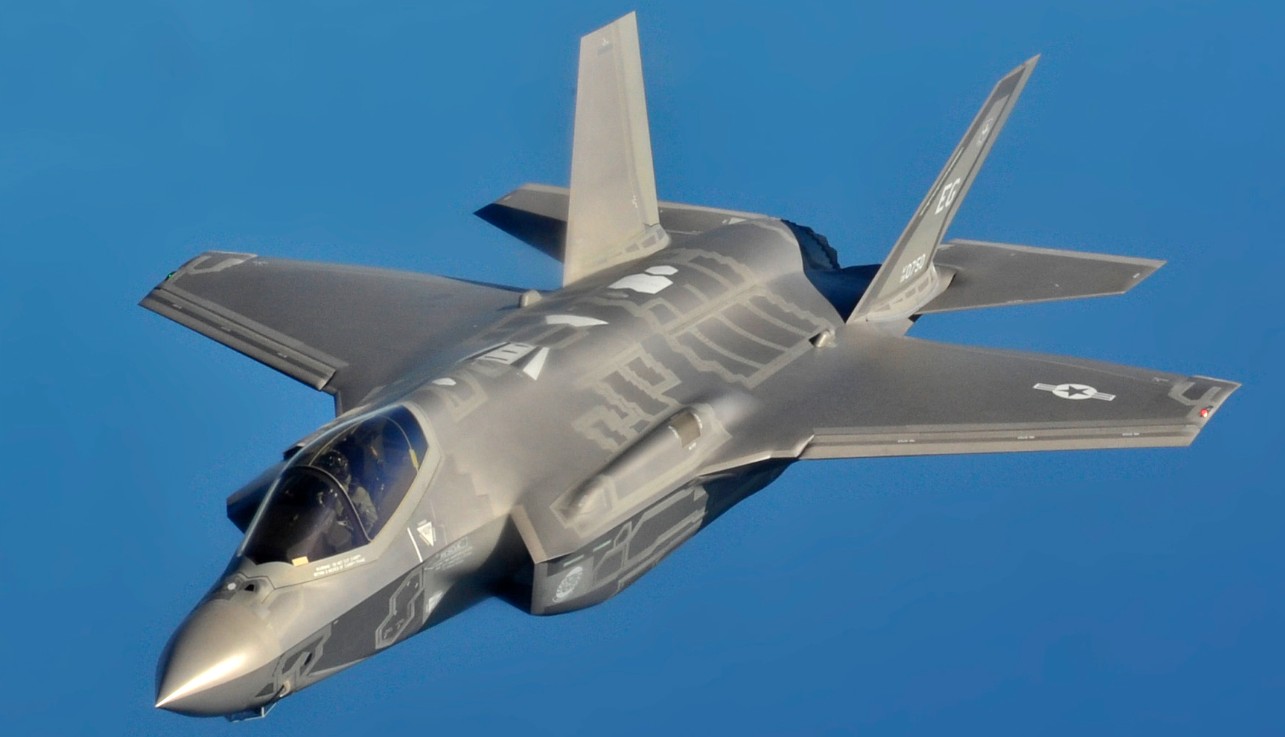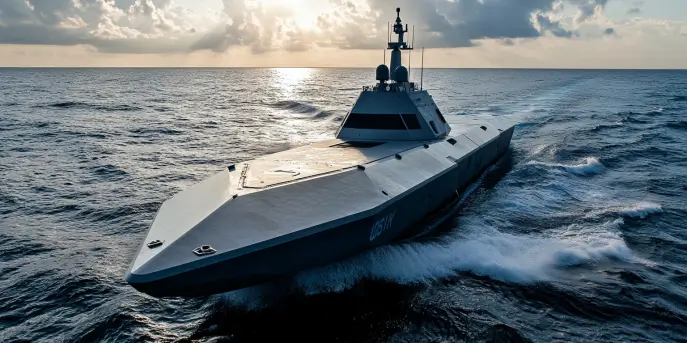The B-2 Spirit Stealth Bomber, one of the most advanced and strategically important aircraft in the United States military arsenal, is notable for its unique design and superior capabilities. Its recent use in strikes over Iran has once again brought attention to its remarkable features. The design of the B-2 Spirit takes inspiration from nature, specifically the aerodynamic qualities of a falcon, which contributes significantly to its stealth and effectiveness as a bomber.
Design Inspired by Nature
The B-2 Spirit’s distinctive shape is not just for aesthetics; it’s a key factor in its ability to evade radar detection. Designers took inspiration from the natural world, closely examining the aerodynamic prowess of birds of prey, particularly falcons. Falcons are renowned for their speed and precision, attributes that have been carefully examined and emulated in the bomber’s design.
Aerodynamics and Stealth
The bomber’s flying wing configuration eliminates the need for a vertical tail fin, a typical radar signature. This design minimizes the number of detectable features and disperses the radar wave emissions, making the B-2 Spirit much harder to detect than traditional aircraft. The wings have a serrated design akin to the wing tips of falcons, reducing drag and improving aerodynamic performance during high-speed maneuvers.
Materials and Coatings
The stealth technology is not only about shape but also about the materials used. The B-2 is constructed using composite materials, allowing for reduced weight and enhanced stealth. These radar-absorbent materials further decrease the aircraft’s radar cross-section. An advanced coating helps mask its infrared signature, another critical stealth feature, akin to the way a falcon’s plumage provides camouflage in its natural habitat.
Operational Capabilities
The B-2 Spirit is designed for long-range missions with the capability to deploy both conventional and nuclear armaments. Its range without aerial refueling is approximately 6,000 nautical miles, with a maximum takeoff weight of 336,500 pounds. These capabilities make it particularly suited for strategic bombing missions.
| Specification | Details |
|---|---|
| Crew | Two |
| Maximum Speed | 628 mph (1,010 km/h) |
| Range | 6,000 nautical miles (without refueling) |
| Service Ceiling | 50,000 feet |
| Armament | Conventional and nuclear weapons |
Precision and Impact
Its bomb bay can carry an array of precision-guided munitions that allow it to strike targets with pinpoint accuracy, minimizing collateral damage and enhancing mission success rates. The integration of GPS-guided bombs and the ability to deploy them from high altitudes further increases the aircraft’s versatility in combat operations.
The Role in Iran Strikes
In recent operations over Iran, the B-2 Spirit played a pivotal role due to its ability to evade sophisticated enemy air defenses. Its stealth characteristics enabled it to penetrate deep into Iranian territory undetected, delivering payloads with precision. The strategic importance of these strikes highlights the bomber’s superiority in achieving military objectives while minimizing risk to personnel and assets.
Strategic Implications
The deployment of the B-2 Spirit in Iran underscores the importance of maintaining air superiority and deterrence capabilities. Its presence serves as a reminder of the technological edge held by the U.S. military and the strategic flexibility offered by possessing cutting-edge stealth aircraft.
- Extended range allows for global reach
- Advanced stealth provides operational surprise
- Versatility in strike options enhances mission flexibility
The B-2 Spirit remains a cornerstone of the United States’ air strategy, its design reflecting the pinnacle of modern aviation technology. As geopolitical dynamics continue to evolve, the role of the B-2 and its falcon-inspired characteristics will remain at the forefront of skilled, strategic military planning.
